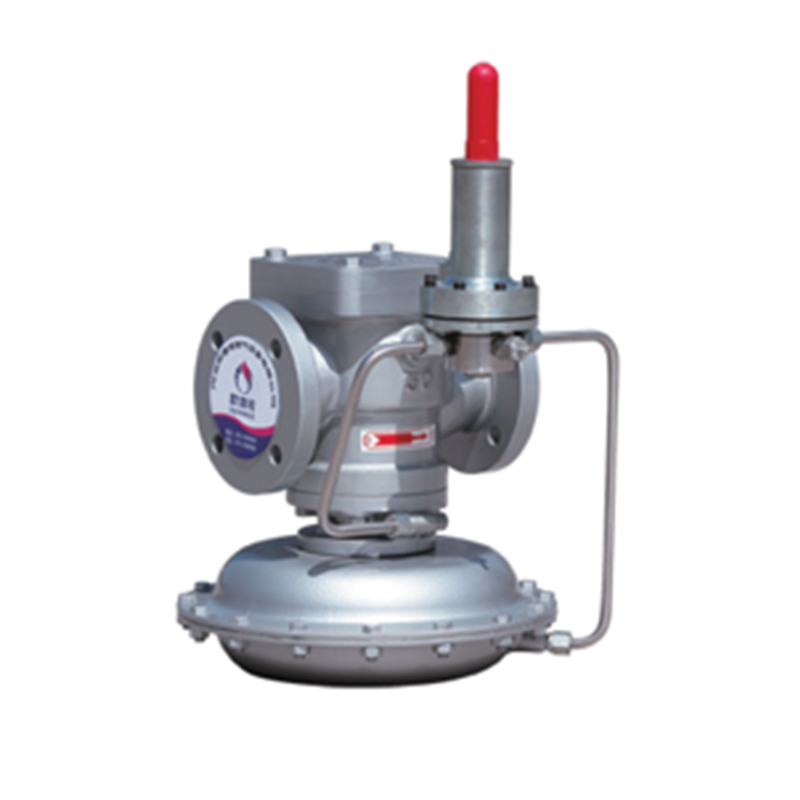
Nov . 24, 2024 08:48
Back to list
pneumatic valve
Understanding Pneumatic Valves Essential Components in Automation
Pneumatic valves are critical components in a variety of industrial and commercial applications, serving as the control mechanisms that manage the flow and pressure of compressed air in pneumatic systems. These valves play a vital role in automation tasks across multiple sectors, including manufacturing, automotive, and food processing industries. Understanding the functionality, types, and applications of pneumatic valves can provide insight into their significance in modern industrial processes.
At its core, a pneumatic valve is designed to open, close, or regulate airflow within a system. The operation of these valves is typically governed by a source of compressed air, which allows for rapid and efficient control of machinery and tools. The inherent speed of pneumatic systems, combined with their simplicity and reliability, makes pneumatic valves invaluable in environments where swift response times are crucial.
Pneumatic valves come in various types, each suited for specific applications. Some of the most common types include solenoid valves, pilot-operated valves, and manual valves. Solenoid valves are electrically actuated and can be controlled remotely, making them ideal for automation. Pilot-operated valves leverage the pressure of the fluid to control larger flows, offering a way to manage high flow rates without requiring significant physical force. Manual valves, on the other hand, are operated by hand and are often used in systems where direct human oversight is necessary.
The selection of a pneumatic valve depends on several factors, including the fluid being controlled, the desired flow rate, operating pressure, and environmental conditions
. Additionally, considerations like compatibility with existing systems and the need for maintenance play a significant role in determining the appropriate valve for a given application.pneumatic valve

In practical applications, pneumatic valves are essential in systems such as conveyor belts, where the controlled movement of products is crucial for efficiency. They are also widely used in robotics, enabling precise movement and control in automated assembly lines. In the automotive industry, pneumatic valves facilitate operations in tools like hammers, drills, and paint sprayers, enhancing productivity and accuracy.
Moreover, the safety aspect of pneumatic valves cannot be overlooked. Many modern systems integrate safety features, such as pressure relief valves and fail-safe mechanisms, to prevent accidents and ensure reliable operation. This emphasis on safety is vital in industries where the risks associated with equipment failure can result in significant hazards.
As technology continues to evolve, so too do advancements in pneumatic valve design and functionality. Innovations such as smart valves, which incorporate sensors and connectivity features, enhance the capability of pneumatic systems, allowing for real-time monitoring and adjustments. This further integration of pneumatic valves into IoT (Internet of Things) ecosystems marks a significant step forward in industrial automation.
In conclusion, pneumatic valves are indispensable in controlling and managing airflow within pneumatic systems. Their versatility, efficiency, and reliability make them a cornerstone of automation in various industries. Whether in manufacturing, robotics, or automotive applications, understanding the intricacies of pneumatic valves is essential for optimizing performance and ensuring safe operations in increasingly automated environments. As industries continue to seek greater efficiency, the role of pneumatic valves will undoubtedly remain pivotal in shaping the future of production and automation.
Next:
Latest news
-
Safety Valve Spring-Loaded Design Overpressure ProtectionNewsJul.25,2025
-
Precision Voltage Regulator AC5 Accuracy Grade PerformanceNewsJul.25,2025
-
Natural Gas Pressure Regulating Skid Industrial Pipeline ApplicationsNewsJul.25,2025
-
Natural Gas Filter Stainless Steel Mesh Element DesignNewsJul.25,2025
-
Gas Pressure Regulator Valve Direct-Acting Spring-Loaded DesignNewsJul.25,2025
-
Decompression Equipment Multi-Stage Heat Exchange System DesignNewsJul.25,2025

